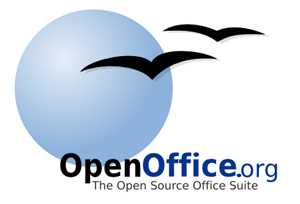Open source software
Development of open office
 With the development of open office, users find an easy approach in the working sector. There are various advantages and disadvantages associated with the open office. There is no licensing fee for the open office. It is free for anyone to use and distribute at no cost. Many features that are available as extra cost add-ins in other office suites are free with Open office.
With the development of open office, users find an easy approach in the working sector. There are various advantages and disadvantages associated with the open office. There is no licensing fee for the open office. It is free for anyone to use and distribute at no cost. Many features that are available as extra cost add-ins in other office suites are free with Open office.
There are no hidden charges now. It is Open source so we can distribute, copy, and modify the software as our wish. Open office is a Cross-platform which runs on several hardware architectures and under multiple operating systems like Microsoft Windows, Mac OS X, Linux, and Sun Solaris. Open office has Consistent user interface. All the components have a similar look making them easy to use and master. Open office has Granularity. Usually, any change in option, affects all components.
However, open office can be set at a component level or even document level. Open office has File compatibility which includes PDF and Flash export capabilities, as well as support for opening and saving files in many common formats including Microsoft Office, HTML, XML, WordPerfect, and Lotus 123 formats. This has No vendor lock-in property which uses Open Document, an extensible Markup Language file format developed as an industry standard by Organization for the Advancement of Structured Information Standards. These files can easily be unzipped and read by any text editor, and their framework is open and published. This is also enriched with the voice option. Enhancements, add ons software fixes, and release dates are community-driven and we can join the community and affect the course of the product we use. There is an extensive language support and desktop integration which is an added feature. This article entitles the several advantages of the open office document.
